1-((2S,5R)-5-((7H-pyrrolo[2,3-d]pyrimidin-4-yl)amino)-2-methylpiperidin-1-yl)prop-2-en-1-one
Synonym(s):1-[(2S,5R)-2-Methyl-5-(7H-pyrrolo[2,3-d]pyrimidin-4-ylamino)-1-piperidinyl]-2-propen-1-one malonate;PF 06651600
- CAS NO.:1792180-81-4
- Empirical Formula: C15H19N5O
- Molecular Weight: 285.34
- MDL number: MFCD31697544
- EINECS: 210-077-2
- Update Date: 2025-01-27 09:38:02
![1-((2S,5R)-5-((7H-pyrrolo[2,3-d]pyrimidin-4-yl)amino)-2-methylpiperidin-1-yl)prop-2-en-1-one Structural](https://img.chemicalbook.in/CAS/20180702/GIF/1792180-81-4.gif)
What is 1-((2S,5R)-5-((7H-pyrrolo[2,3-d]pyrimidin-4-yl)amino)-2-methylpiperidin-1-yl)prop-2-en-1-one?
Absorption
Up to 200 mg, the AUC0-tau and Cmax of ritlecitinib increase in an approximately dose-proportional manner, and steady state is reached approximately by day 4. Ritlecitinib has an absolute oral bioavailability of approximately 64%, and 1 hour after an oral dose is administered, peak plasma concentrations are achieved. Food does not have a clinically significant impact on the systemic exposures of ritlecitinib. The co-administration of a high-fat meal and a 100 mg ritlecitinib capsule reduced Cmax by 32% and increased AUCinf by 11%. Ritlecitinib was administered without regard to meals during clinical trials.
Toxicity
During clinical trials, the highest single dose of ritlecitinib was 800 mg. No specific toxicities were identified at this dose, and the adverse reactions detected were comparable to those seen at lower doses. Pharmacokinetic studies indicate that in healthy adult volunteers given a single oral dose of 800 mg, more than 90% of ritlecitinib is expected to be eliminated within 48 hours. There is no specific antidote for overdose with ritlecitinib. In patients experiencing a ritlecitinib overdose, provide symptomatic and supportive treatment, and monitor for signs and symptoms of adverse reactions.
In rats given 100 mg/kg/day of ritlecitinib (29 times the maximum recommended human dose based on AUC comparison), females had an increased incidence of combined benign and malignant thymomas, while males had a higher incidence of thyroid follicular adenomas and combined follicular adenomas and carcinomas. Ritlecitinib was negative in the bacterial reverse mutation assay and positive in an in vitro micronucleus assay in TK6 cells; however, mechanistic studies suggest that ritlecitinib is aneugenic and does not present a clinically relevant genotoxic concern.
Description
Ritlecitinib, a dual JAK3/TEC inhibitor, was granted FDA breakthrough status for treating alopecia areata (autoimmune-induced hair loss) in September 2018. Promising phase 3 trial results in alopecia areata were reported by Pfizer in August 2021, placing it in competition with Lilly/Incyte’s Olumiant. It is also used in clinical studies to treat vitiligo, rheumatoid arthritis, Crohn’s disease, and ulcerative colitis. Ritlecitinib achieved high JAK3 selectivity via covalent interaction with a unique cysteine residue (Cys909) in the catalytic domain.
Characteristics
Primary targets: JAK3/TEC
Class: non-receptor tyrosine kinase
Treatment: alopecia areata (phase III)
Protein binding = 14%
Background
Ritlecitinib (PF-06651600) is a highly selective inhibitor of Janus kinase 3 (JAK3) and the tyrosine kinase expressed in hepatocellular carcinoma (TEC) kinase family. In June 2023, it was approved by the FDA for the treatment of severe alopecia areata in adults and adolescents 12 years and older. It was further approved by the EMA in September 2023. Ritlecitinib is administered orally and is the first member of its class.
Ritlecitinib binds covalently to Cys-909 of JAK3, a site where other JAK isoforms have a serine residue. This makes ritlecitinib a highly selective and irreversible JAK3 inhibitor. Other kinases have a cysteine at a position equivalent to Cys-909 in JAK3, and several of them belong to the TEC kinase family. It has been suggested that the dual activity of ritlecitinib toward JAK3 and the TEC kinase family block cytokine signaling as well as the cytolytic activity of T cells, both implicated in the pathogenesis of alopecia areata.
Indications
Ritlecitinib is indicated for the treatment of severe alopecia areata in adults and adolescents 12 years and older. It is not recommended for use in combination with other JAK inhibitors, biologic immunomodulators, cyclosporine or other potent immunosuppressants.
Biochem/physiol Actions
PF-06651600 is a potent and selective JAK3 inhibitor.
Pharmacokinetics
Ritlecitinib is a kinase inhibitor that promotes the decrease of absolute lymphocyte levels, T lymphocytes (CD3) and T lymphocyte subsets (CD4 and CD8) in a dose-dependent manner. Ritlecitinib also promotes a decrease in NK cells (CD16/56), which remain stable up to week 48 after initiating treatment. In patients treated with 50 mg of ritlecitinib once a day, the decrease in median lymphocyte levels remains consistent up to week 48.
At 12 times the mean maximum exposure of the 50 mg dose given to patients with alopecia areata once a day, ritlecitinib did not cause a clinically relevant effect on the QTc interval.[] The use of ritlecitinib is associated with the development of serious infections, malignancies (including non-melanoma skin cancer), major adverse cardiovascular events, thromboembolic events, and hypersensitivity. In the postmarketing safety study of another JAK inhibitor in patients with rheumatoid arthritis over 50 years of age with at least one cardiovascular risk factor, JAK inhibitors were associated with a higher rate of all-cause mortality, including sudden cardiovascular death, compared to TNF blockers.
Pharmacokinetics
Ritlecitinib exhibited low clearance in rats and dogs, contributing to its good oral bioavailability (85% in rats and 109% in dogs). Its lower oral bioavailability in monkeys (56%) primarily resulted from its fast clearance. The pharmacokinetic properties are directly linked to its stability in hepatocytes and whole blood, demonstrating the power of in vitro assays to predict in vivo pharmacokinetic parameters. The good oral bioavailability obtained from rats and dogs was a combination of high passive permeability, high aqueous solubility (>2 mg/mL), and low hepatic clearance. Ritlecitinib underwent CYP3A4-mediated oxidation of the acrylamide and piperidine ring and glutathione conjugated with the acrylamide. Allometric scaling predicted an oral bioavailability of 90% and a half-life of 2 h in humans, which need to be verified in clinical trials.
Metabolism
Ritlecitinib is metabolized by cytochrome P450 (CYP) and glutathione-S-transferase (GST) enzymes. The GST enzymes participating in the metabolism of ritlecitinib include cytosolic GST A1/3, M1/3/5, P1, S1, T2, Z1 and microsomal GST 1/2/3, and the CYP enzymes participating in this process include CYP3A, CYP2C8, CYP1A2, and CYP2C9. No single route contributes to more than 25% of the total metabolism of ritlecitinib.
Properties of 1-((2S,5R)-5-((7H-pyrrolo[2,3-d]pyrimidin-4-yl)amino)-2-methylpiperidin-1-yl)prop-2-en-1-one
| Density | 1.272±0.06 g/cm3(Predicted) |
| storage temp. | room temp |
| solubility | DMSO:100.0(Max Conc. mg/mL);350.4(Max Conc. mM) H2O:5.0(Max Conc. mg/mL);17.5(Max Conc. mM) |
| form | powder |
| pka | 13.03±0.50(Predicted) |
| color | white to beige |
| InChI | InChI=1S/C15H19N5O/c1-3-13(21)20-8-11(5-4-10(20)2)19-15-12-6-7-16-14(12)17-9-18-15/h3,6-7,9-11H,1,4-5,8H2,2H3,(H2,16,17,18,19)/t10-,11+/m0/s1 |
Safety information for 1-((2S,5R)-5-((7H-pyrrolo[2,3-d]pyrimidin-4-yl)amino)-2-methylpiperidin-1-yl)prop-2-en-1-one
| Signal word | Warning |
| Pictogram(s) |
 Exclamation Mark Irritant GHS07 |
| GHS Hazard Statements |
H302:Acute toxicity,oral H315:Skin corrosion/irritation H319:Serious eye damage/eye irritation H335:Specific target organ toxicity, single exposure;Respiratory tract irritation |
| Precautionary Statement Codes |
P261:Avoid breathing dust/fume/gas/mist/vapours/spray. P305+P351+P338:IF IN EYES: Rinse cautiously with water for several minutes. Remove contact lenses, if present and easy to do. Continuerinsing. |
Computed Descriptors for 1-((2S,5R)-5-((7H-pyrrolo[2,3-d]pyrimidin-4-yl)amino)-2-methylpiperidin-1-yl)prop-2-en-1-one
| InChIKey | CBRJPFGIXUFMTM-WDEREUQCSA-N |
| SMILES | C(N1C[C@H](NC2N=CN=C3NC=CC3=2)CC[C@@H]1C)(=O)C=C |
New Products
3-(hexyloxy)-4-(pyridin-3-yl)-1,2,5-thiadiazole 3-Pyridineacetonitrile, α-hydroxy- 2-Propanamine, 1-chloro-, hydrochloride (9CI) 3-Iodophenylacetic acid Cyclohexane, (2-propynyloxy)- (S)-1-Boc-3-methanesulfonyloxy-pyrrolidine Pivalic anhydride,98% Phenylmethanesulfonyl fluoride, 98% Glyoxylic acid solution, 50% in water tert-Butyl glycinate,97% 4-Ethoxybenzoic acid, 99% Sodium 1-octanesulfonate monohydrate 7-Ethyl Tryptophol 2-AMINO-3,5-DIBROMO BENZALDEHYDE [ADBA] L-Glutamic Acid Dimethyl Ester Hcl N, N-Carbonyldiimidazole (CDI) 5-Cyanophthalide 10-Methoxy-5H-dibenz[b,f]azepine 3-Methoxybenzonitrile Dibenzoyl Peroxide 4-Methoxybenzonitrile Titanium Dioxide Chloral PentachlorobenzonitrileRelated products of tetrahydrofuran
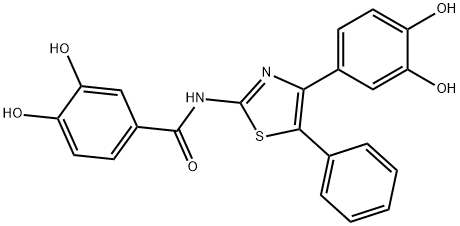
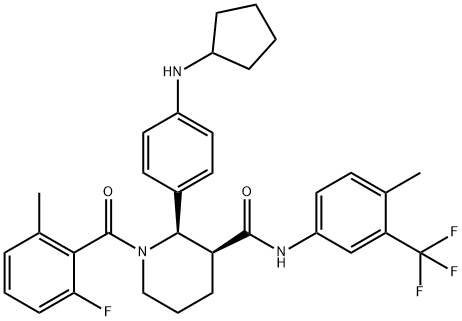
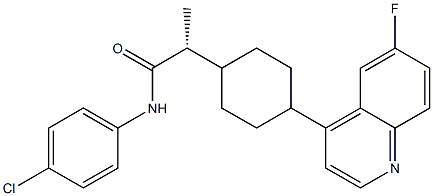
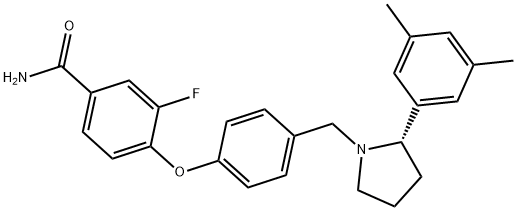
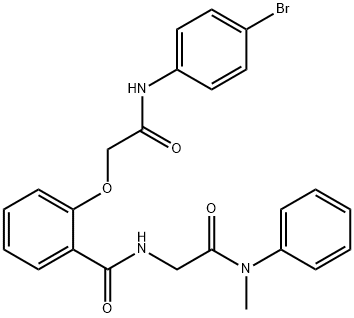
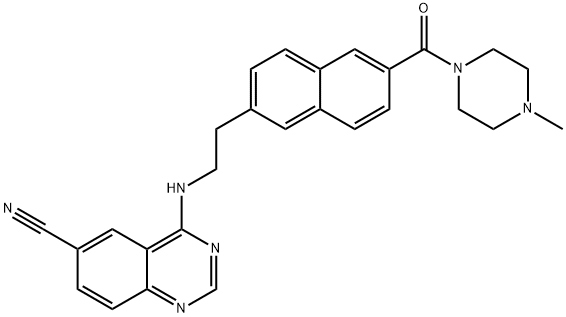
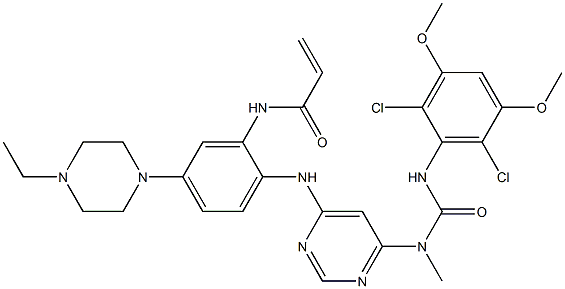
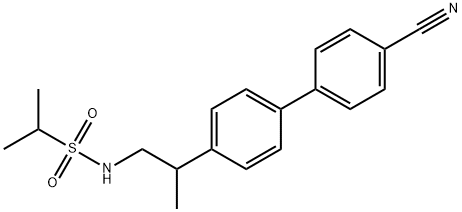
You may like
-
 PF-06651600 CAS 1792180-81-4View Details
PF-06651600 CAS 1792180-81-4View Details
1792180-81-4 -
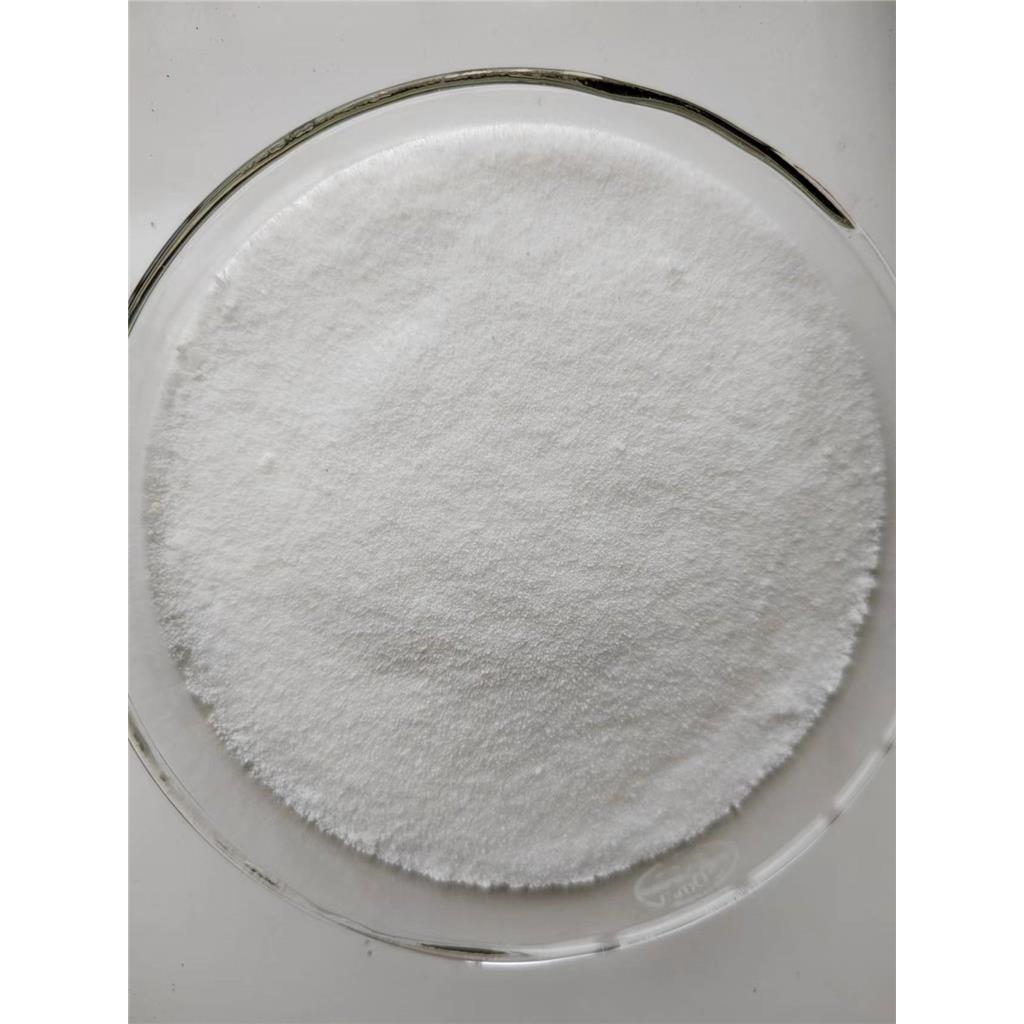 Avibactam INT 1View Details
Avibactam INT 1View Details
1416134-48-9 -
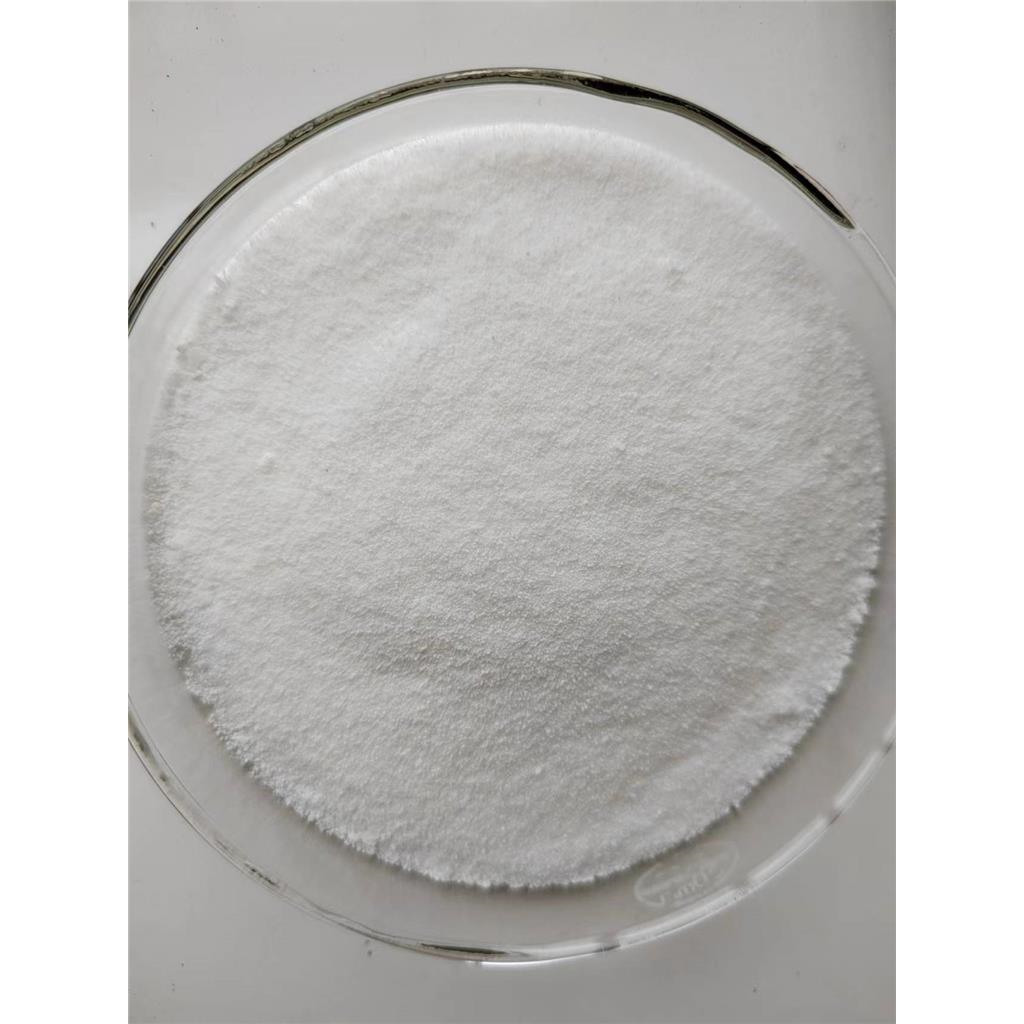 AvibactamView Details
AvibactamView Details
1416134-49-0 -
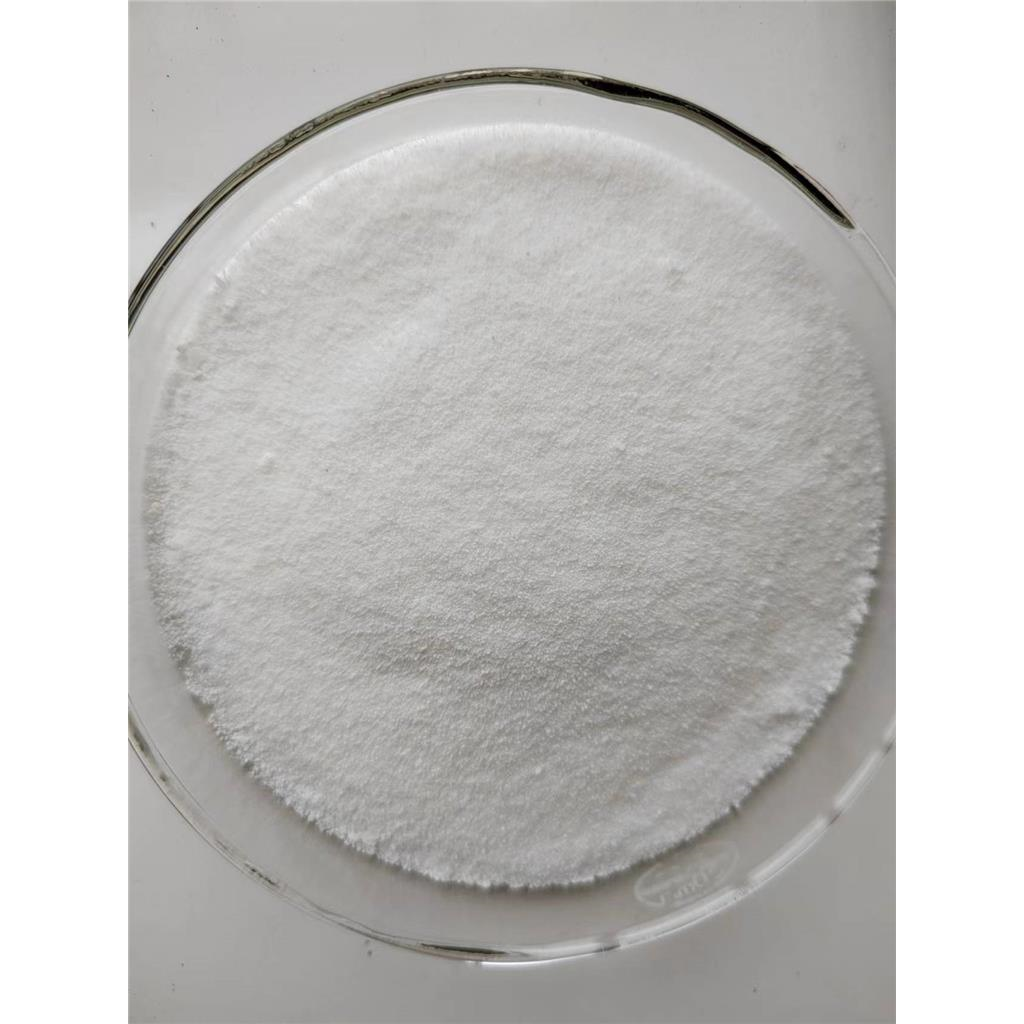 Avibactam sodium seriesView Details
Avibactam sodium seriesView Details
1192651-49-2 -
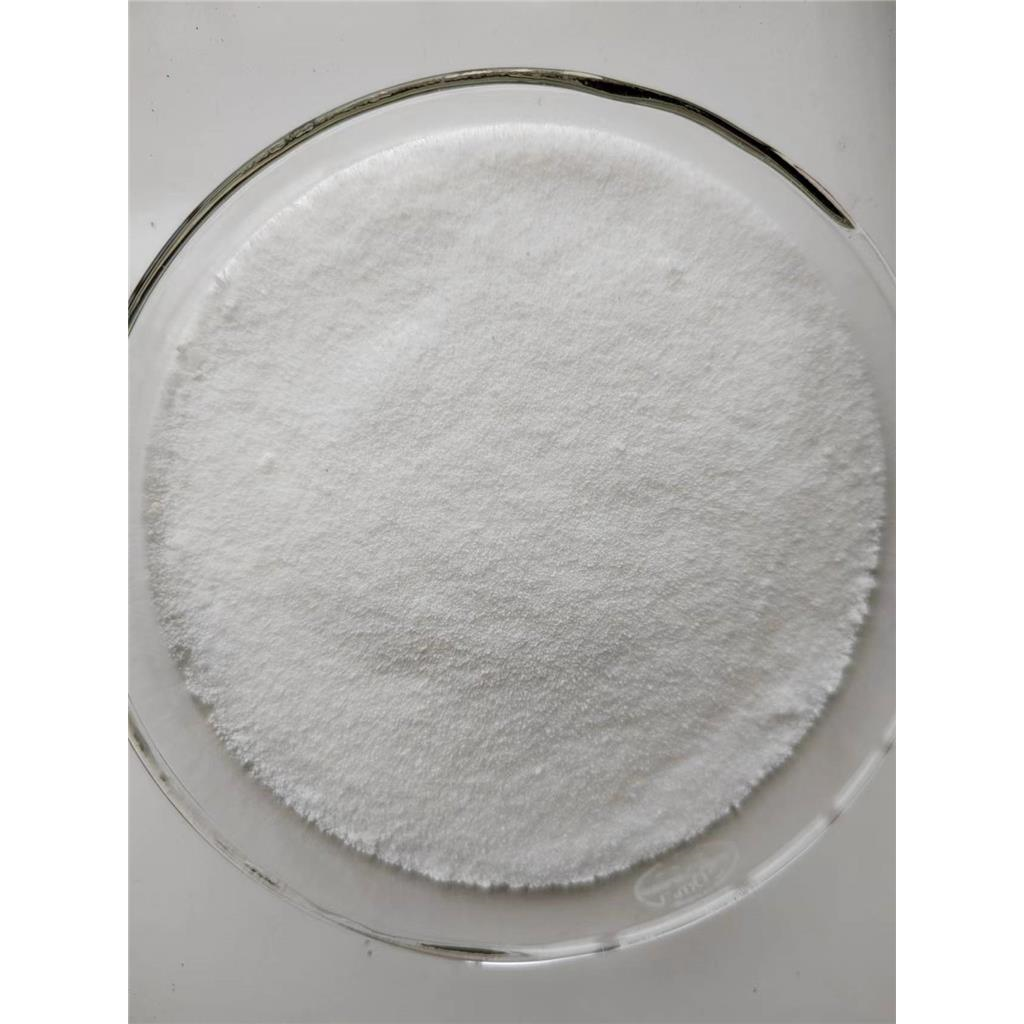 Avibactam seriesView Details
Avibactam seriesView Details
1192651-80-1 -
 Avibactam Sodium SaltView Details
Avibactam Sodium SaltView Details
1192491-61-4 -
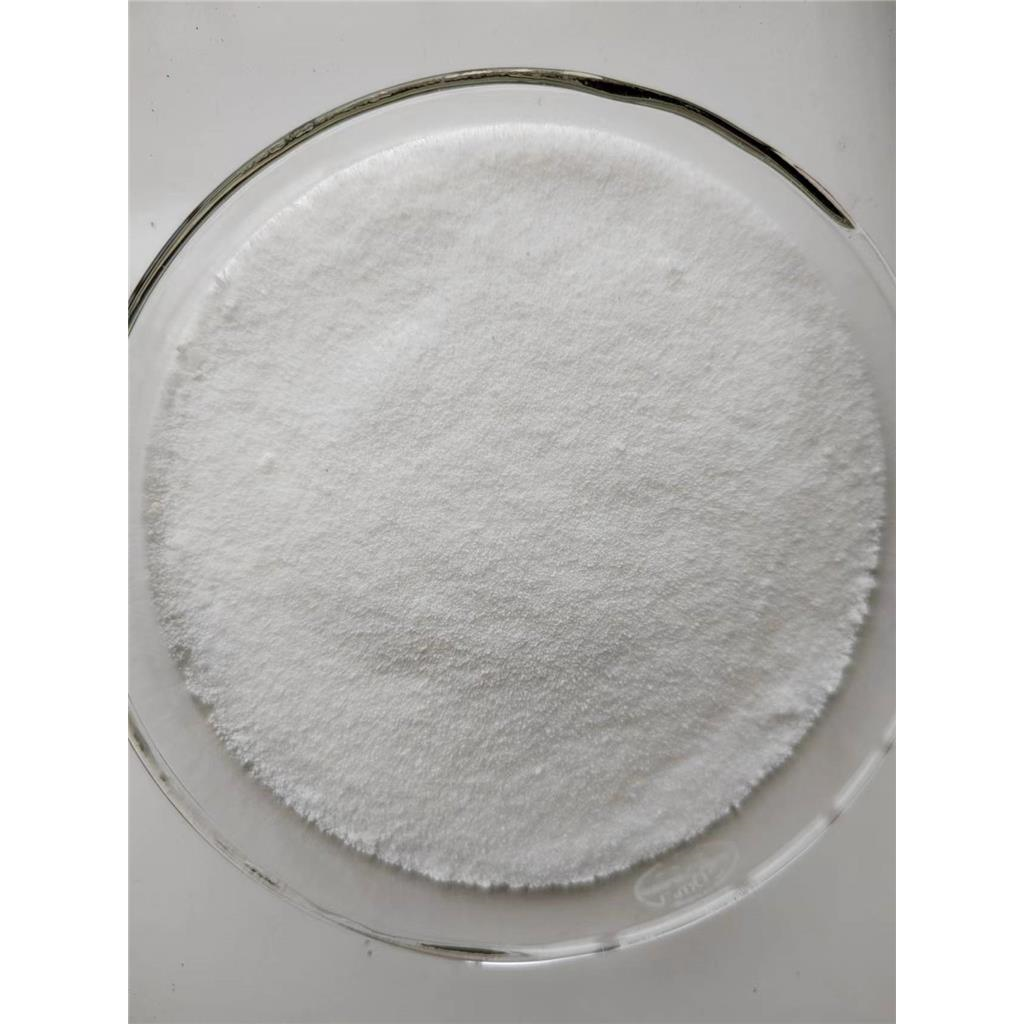 Avibactam intermediateView Details
Avibactam intermediateView Details
1171080-45-7 -
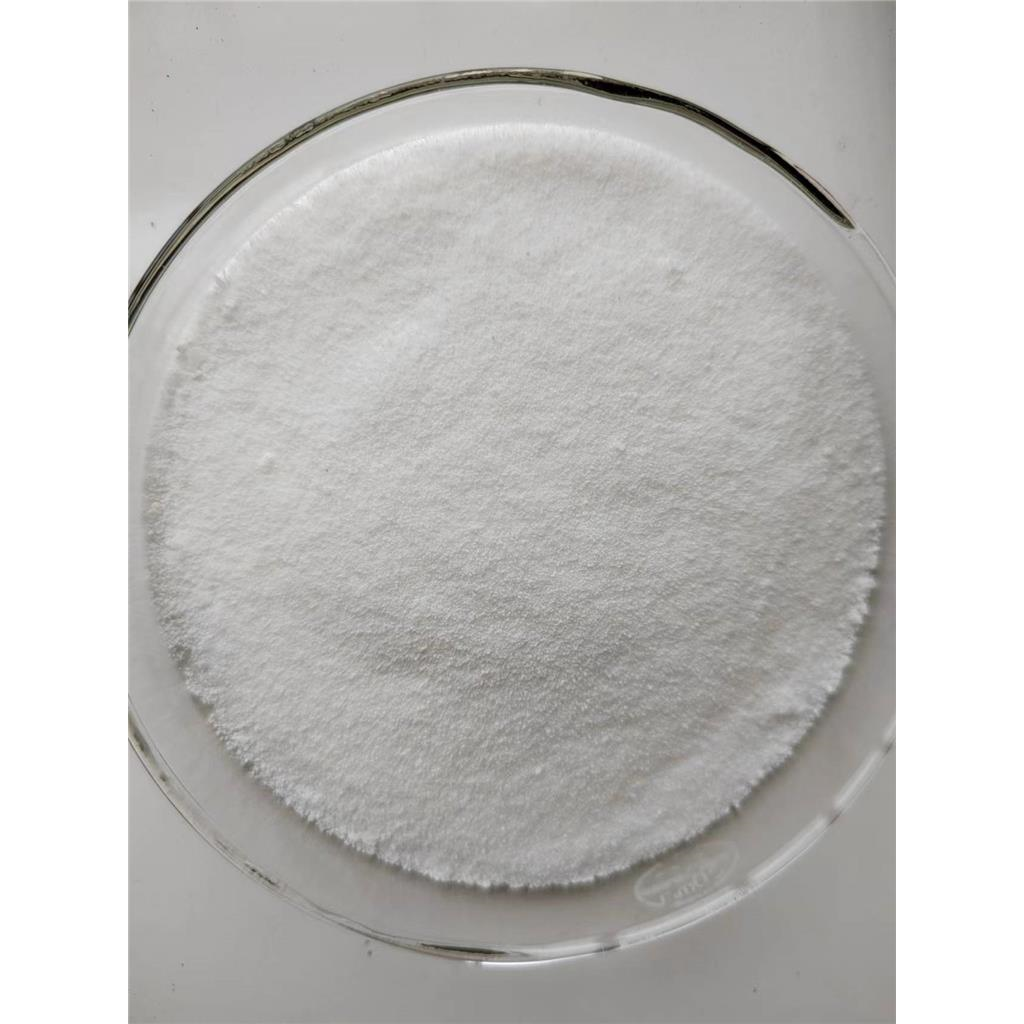 Relibatan intermediateView Details
Relibatan intermediateView Details
1416134-63-8
